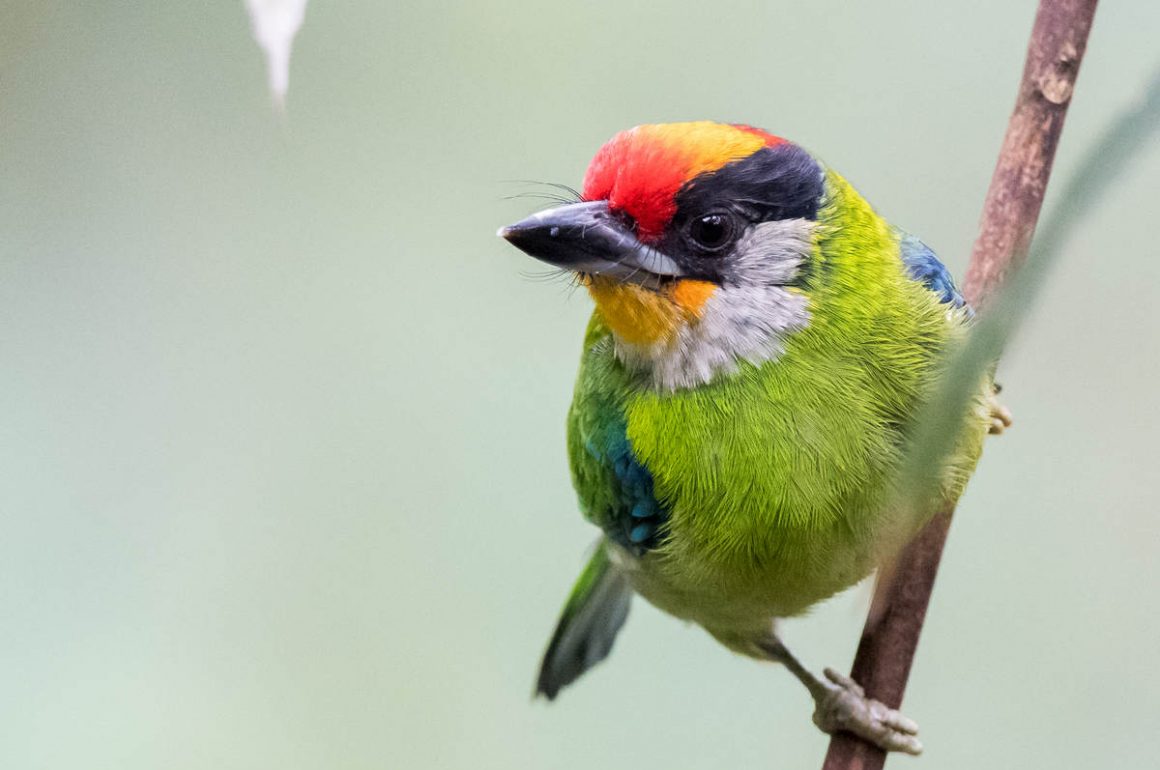
A complete World List may be unattainable, but some specific lists can reach that point where one needs to mop up: to go and see the remaining birds to complete the list. Twitchers will never reach this point, of course. Twitchers chase vagrants, freaks, birds with the navigational skills of a middle-aged man in a strange town. Even if such a twitcher has seen all the regular birds in country so-and-so, the next vagrant can appear tomorrow, or in a decade’s time. Twitchers are never done – they have my sympathy.
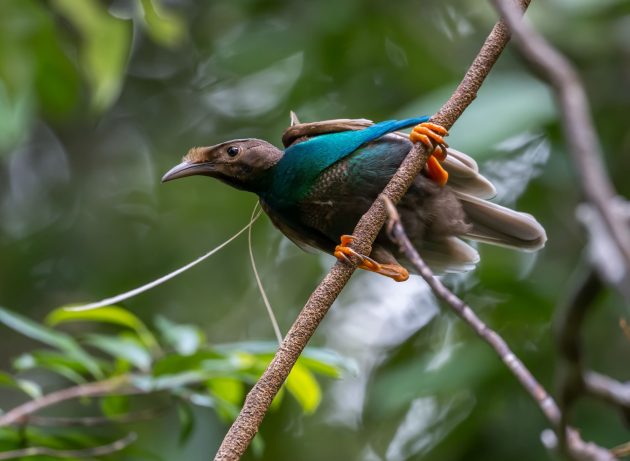
Listers like you and me, on the other hand, can actually complete a list. It’s rare, I have to admit. Let’s explore the phenomenon of “mopping up” a bit more. Warning: this may involve getting to grips with some seriously freakish behaviour. However, it will be all rather harmless like almost everything else in the world of birding. Prince Andrew and birders are on opposite ends of the harmfulness spectrum. While I can guarantee no innocent creatures will be harmed, this can not be said for the birder/lister. Mopping up may bring danger, disease or possibly death. Such fun!
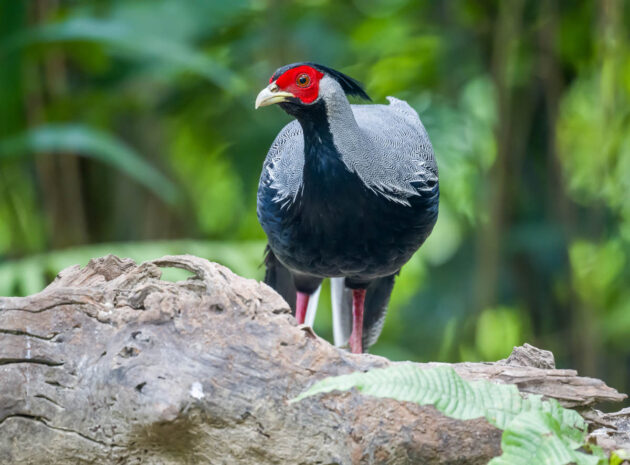
I keep one list of all the lifers I have seen and I keep track of each bird in its specific area’s handbook. I do not keep specific lists for areas, biotopes or species families, but when I “complete” a family I can not help but feel a certain satisfaction. I had seen both Oriental Darter and Australasian Darter on my recent trip to South East Asia and as a consequence I have now seen all four Anhingidae species. Dopamine level up, grin on mug: a birder is easily pleased. The only family that not even the most fanatical twitcher wants to “complete” are of course the Leaf Warblers. Who wants to see the same bird more than 80 times?
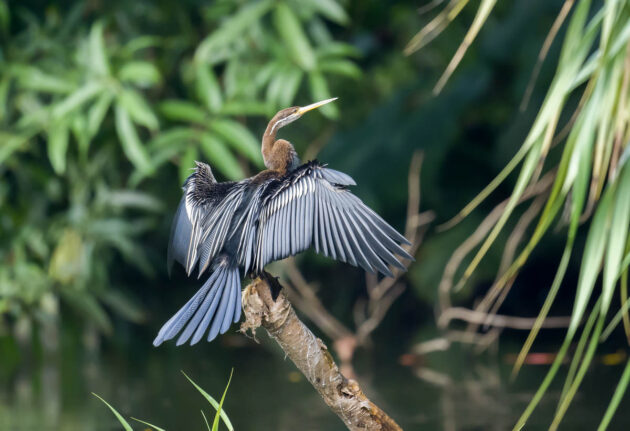
This is how things are for me – I tick off all species in a family, usually more or less by accident, feel good about it and move on. Nevertheless, there are two families that I would like to see entirely: larks (seen 45%) and pipits (seen 48%). I would need to visit Somalia and India to get very close to 100% for these birds, the ultimate little brown jobs. Come to think of it and in light of this post’s title, probably not in that order, do India first…
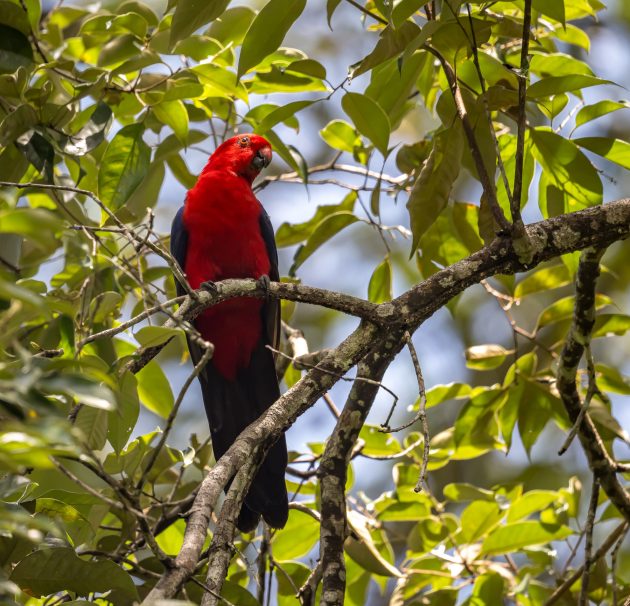
How to mop up? First, you need to understand what’s still missing. That depends on the checklist you are using. For most birders this issue has been resolved now that Avilist 2025 has come out. I am still sticking to my own list – I am not in the birding game to compare with others. Your target list is simple enough: what do you still need to see? If your target list contains hundreds of birds or even only dozens, you will not be mopping up. You will be birding. Next you will need to study, both the books and internet. Starting with 10000birds and consulting every possible source of information to figure out where you can see the remaining few birds. “But, but, but, you stammer in disbelief… I never had to study this much for the birds I have seen already, why do I need to work so hard for these remaining few?“. Because you have not seen them yet, that’s why. Stop complaining and start reaching out to guides to help you.
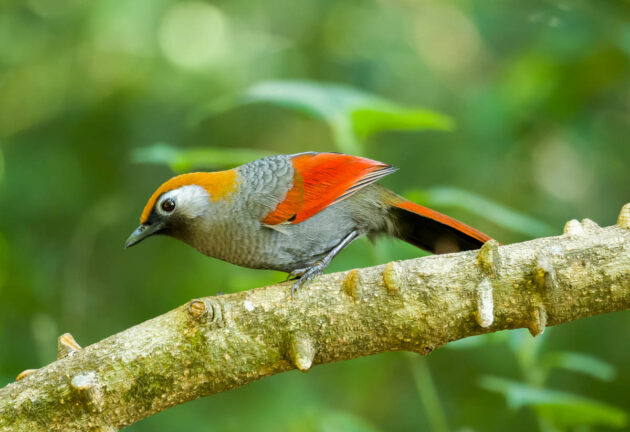
The last thing to consider is the “cost per bird“, CPB. When you start, birds are practically for free, but when the mopping up begins you will be in the land of diminishing returns. Say your first trip costs $1000 and you see 300 species, the cost per bird is little over three dollar. The same trip to mop up the last 10 will result in a cost per bird of 100 bucks. Why is this important? Well, you need alternatives for every bird on your shopping trip list, at least three places, preferably four. Coming back for that one bird you dipped on? CPB one thousand! The stress of mopping up might be too much. Some crack – and then they string: i.e., they make up the sighting, tick off a poorly seen bird or take the guide’s word for it. Many birders condemn this behaviour. I do not, it is a victimless crime of self-deceit. It is quite sad though.
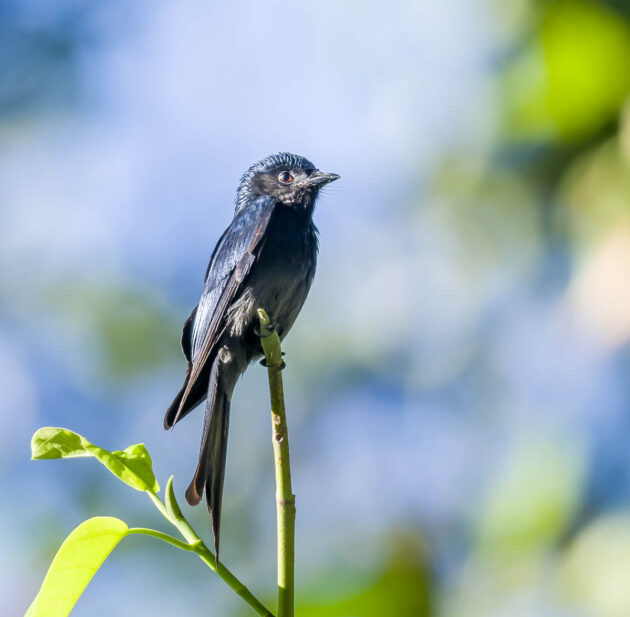
I have used Kai Pflug‘s pictures of super colourful birds to compensate for the sometimes rather dark tone of this article. I imagine the readers will be just as grateful as I am.



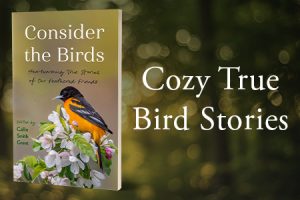


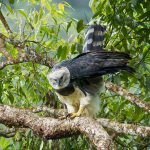
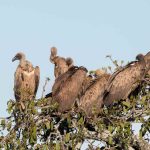
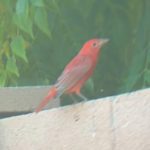
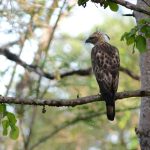
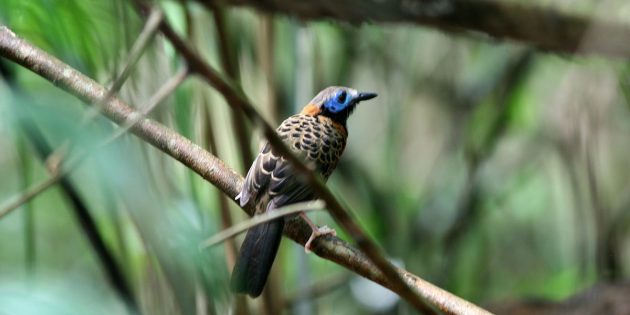
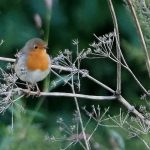
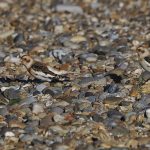
Nice post, particularly the photos!